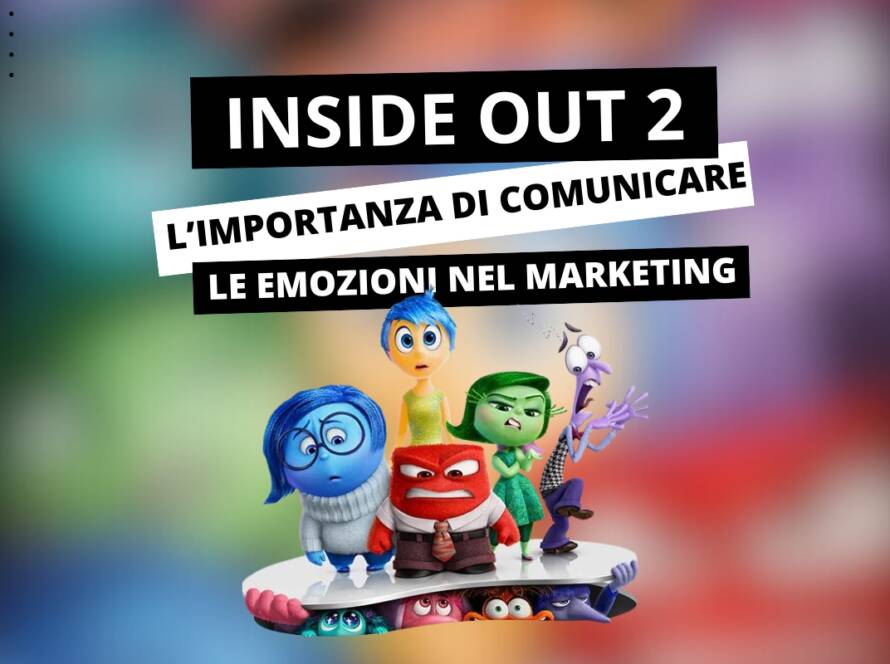The last Friday of November has been widely known as “Black Friday” by shoppers all around the world for quite some time. But, how did it begin? Was it a brilliant marketing strategy or just a fluke? Turns out, a little bit of both.
Why is it called “Black Friday”?
The day most people associate with shopping and amazing deals, wasn’t named “Black Friday” with a specific meaning in mind. It wasn’t a coordinated strategy to boost consumer spending, but rather a natural phenomenon. Since Black Friday falls on the day after Thanksgiving, most Americans would have the day off, and due to the increase of consumerism around the holiday season, people would flood to stores to get a jump on their Christmas shopping.
Despite some believing the name is referencing the fact that, because of the influx of customers, businesses would be “in the black”, and therefore deemed profitable for the fiscal year; the true reason the day was nicknamed “Black Friday” is a little darker. As previously mentioned, no one business is responsible for the creation of the shopping holiday that is Black Friday. The name was coined by police officers in Philadelphia who, unfortunately, were unable to take the day off due to the large crowds of shoppers they had to control.
Businesses, on the other hand, were quick to take advantage of this influx, offering competitive discounts on products to attract immense hoards of shoppers. Despite trying to change the name to “Big Friday”, due to the negative connotation associated with the original name, people stuck with the original, popularising the name throughout the US.
Black Friday today
In its heyday, people would queue up for hours, sometimes camping out in front of the store the day before, just to get their hands on immensely discounted goods. Today, the “shopping holiday” has reached multiple countries, turning it into a worldwide phenomenon, no longer only seen as the “day after Thanksgiving”. Furthermore, the “day” has become more of a “month” of discounts and promotions, perhaps due to a change in consumer habits. Despite still being the busiest day of the year for stores, most people have been shopping online, decreasing the urgency that usually comes with physically having to grab an item from a rival customer. This change resulted in less outrageous discounts that can be taken advantage of for a longer period of time; Amazon’s Black Friday sale, for instance, runs for two weeks.
Suffice to say, big brands and stores have really made the most of this, originally, American-only phenomenon. In the US alone, holiday spending is projected to be between $979.5 billion and $989 billion, marking a 2.5% and 3.5% increase over 2023. Knowing how to tap into this market effectively and reach a wider audience is important. The story of “Black Friday” makes for a powerful case study of how the best kind of marketing, sometimes, comes from listening to what the consumer wants, rather than telling them what they need.





